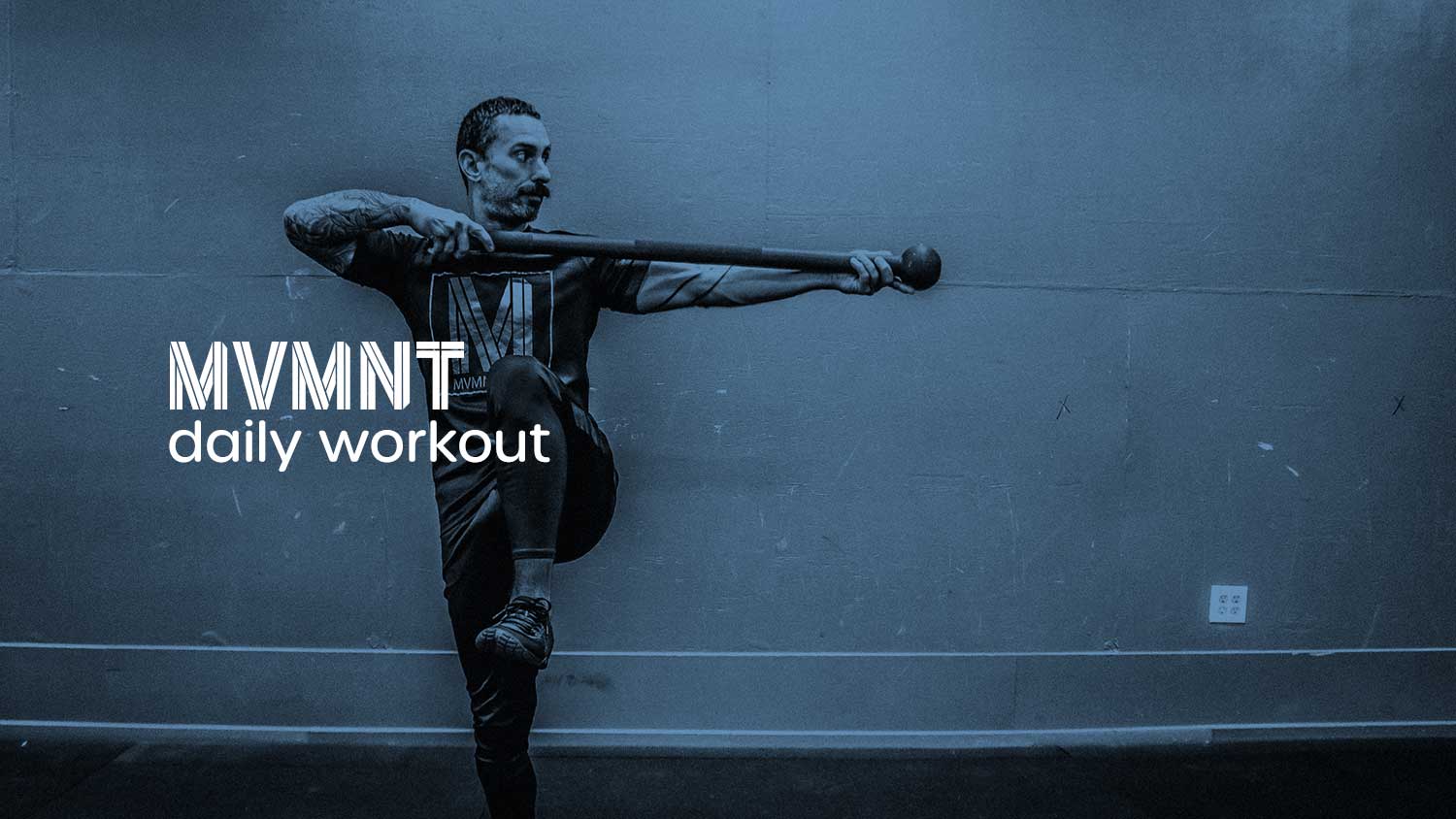I could watch Glenn Pendlay’s camp lift all day. Notice how the 2nd pull during each snatch begins in contact with the lifter’s hips.
From Greg Everett’s Hips, Meet Bar
What I want to see with lifters ideally is pretty simple: I want the bar to remain as close to the thighs as possible without being in contact and for the shoulders to remain at least very slightly in front of the bar until the bar is up into the hips in the snatch and the upper thighs in the clean. I like to see the final explosion occur quite late in the extension and want it to be more the start of the pull under the bar than the finish of the upward elevation of the bar. This bar position is a natural result of staying over the bar until very late in the second pull—if the shoulders are in front of the bar, it’s difficult to drag it up your legs, and any contact you do get inadvertently won’t create much friction.
The extension of the hips must be extremely violent, and the legs should continue pushing against the platform until it’s completed and no longer. This helps maintain proper balance over the feet, assists in bar elevation, and helps ensure that the force imparted to the bar is directed overwhelmingly upward rather than forward. The hips absolutely need to come into contact with the bar—in no instance should a lifter finish a pull without the bar being in full contact with the hips (or upper thighs in the clean). Any separation at this point is the result of either not completing hip extension, being too far forward on the feet and being unable to finish the pull properly as a result, or having a light weight on the bar that was swung out early in the lift.
The bar should be pushed back and up into the hips as the hips finish this snap—that is, the hips and bar should be brought together rather than the lifter reaching for the bar with the hips. This is largely a conceptual thing rather than a description of what actually happens—the hips do and must move forward toward the bar because they start behind the lifter’s feet. The key is not driving them through the bar so far that vertical force is lost and the bar is pushed away, and I find that thinking of it this ways helps prevent this. Read the full article.
Foaming Rolling Workshop with Square Massage
What: “Often, I suggest that clients use a foam roller, and because they are widely available and frequently used by other people in the gyms I work in, I take it for granted that they know what I mean. When I manage to stop myself, and check in with them, I realize that I’m making one heck of an assumption. People look at me, smile and politely agree to use the foam rollers, but they quietly have no idea how to even begin using it appropriately. So, I decided that I should do a workshop on how to use a foam roller effectively. Learn what foam rolling does, and how to intelligently address your own problem areas.” -Eric Lichtfuss, LMT
When Saturday, May 10th @ 10:30 am
Cost: Free
Warmup
12 Minutes
Animal Movements
Lift
3-3-3-3-3
Hang Snatch
Ascending sets.
3-3-3
Overhead Squat
Sets across.
Conditioning
8 Minutes AMRAP
120 Yd Shuttle Run (3x down and back)
8 Hand Release Push-ups
5 Double Kettlebell Clean and Push Press (22/18)*
*advanced – barbell clean and jerk (115/75)

